During its conception in the late 1960’s, Toyota Motor Corporation executives literally looked to the heavens to name their new sporty hardtop notchback coupe. The name was derived from the Latin word coelica, which means “heavenly” or “celestial”. Displayed at the October 1970 Tokyo Motor Show and marketed in December of the same year, the Toyota Celica was a personal car that emphasized styling and driving enjoyment inspired by the American Ford Mustang.
The first-generation Celica A20 was a coupe with a slant nose characterized by the trapezoid-like shape front corner light. The coupe was followed by the fastback in 1973. These sporty cars came with a wheelbase that measured 2,400-millimeters and came equipped with the 2T, 2T-G 1.6-liter, or 18R-C 2.0-liter 4-cylinder engines. The Japanese version had engines under 2.0-liters to conform to Japanese regulations concerning engine displacement size, thereby allowing buyers to avoid an additional tax for a larger engine.
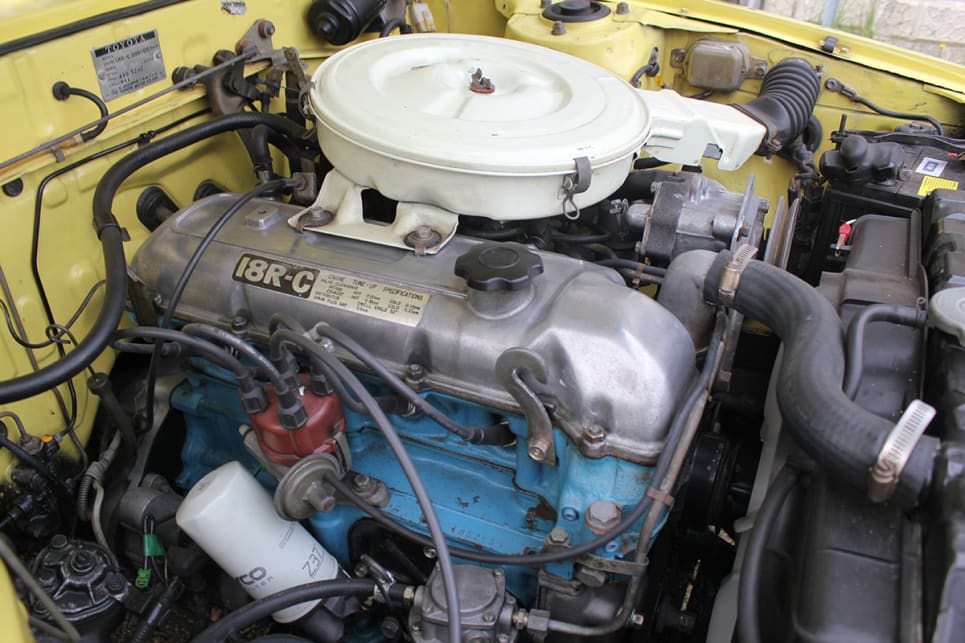
Based on the Carina
The first-generation Celica was released to the Japanese market as a more affordable alternative to Toyota’s sports car, the 2000GT. The car’s platform was shared with the Toyota Carina yet sold at a different dealership sales channel called the “Toyota Corolla Store” instead of Toyota dealerships where the Carina was sold.
The Celica coupe was positioned above the Corolla Levin two-door sedan was also sold at Toyota Corolla Store. Left-hand-drive (LHD) and right-hand-drive (RHD) Celicas destined for export markets were offered in LT, ST and GT trim levels while Japanese GT models had hood flutes, power windows, air conditioning, and specific GT trim, but shared a few things with the ST like a full-length center console and oil pressure/ammeter gauges.
Racing Pedigree
Toyota later came out with a Celica GTV variant, which differed from the GT with a slightly cut-down interior, firmer suspension, and did not come standard with amenities like power windows, but they were optional. The V in GTV stands for “victory” since it was mainly intended for racing. Sources indicate that GTVs were derived from GT models and fitted with a 2T-G DOHC 1,600cc engines with twin Mikuni-Solex carburetors. Local racing heroes Dante Silverio and the late Pocholo Ramirez cut their teeth in Celica racers such as these.
After its Japanese launch in 1970, Toyota introduced the Celica to the American market in 1971 and was initially available only as the ST coupe with a 1.9-liter engine. Its sporty, sleek look proved popular with buyers, and the vehicle was considered a success. The Celica was then sold in most motorized countries, including the Philippines. Today, first-generation Celicas are highly collectible with unmolested or preserved examples fetching a hefty premium. Some cars have been mildly and tastefully customized by their previous owners, which could be retrofitted back to stock or enjoyed as is. The Toyota’s Celica model will eventually spawn its own variant, the Celica Supra, which will be spun off as a distinct and separate model.
 Power Wheels Magazine A Notch Above
Power Wheels Magazine A Notch Above

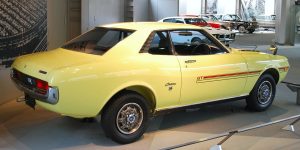
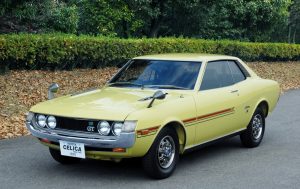
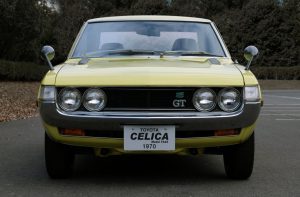

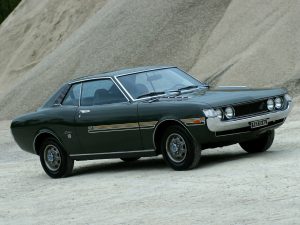
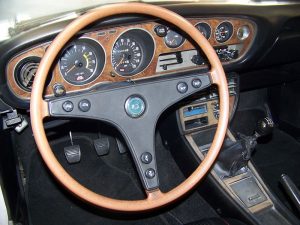
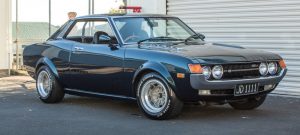
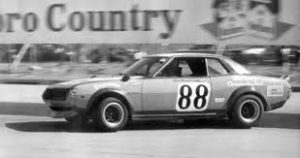
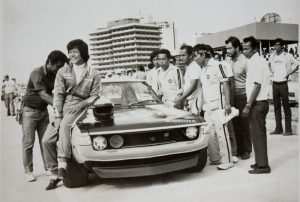
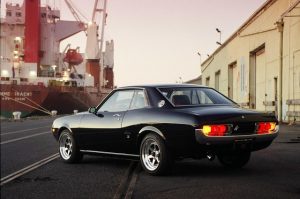
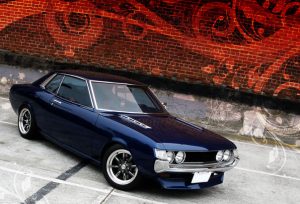
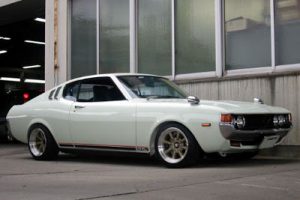
Very Nice.